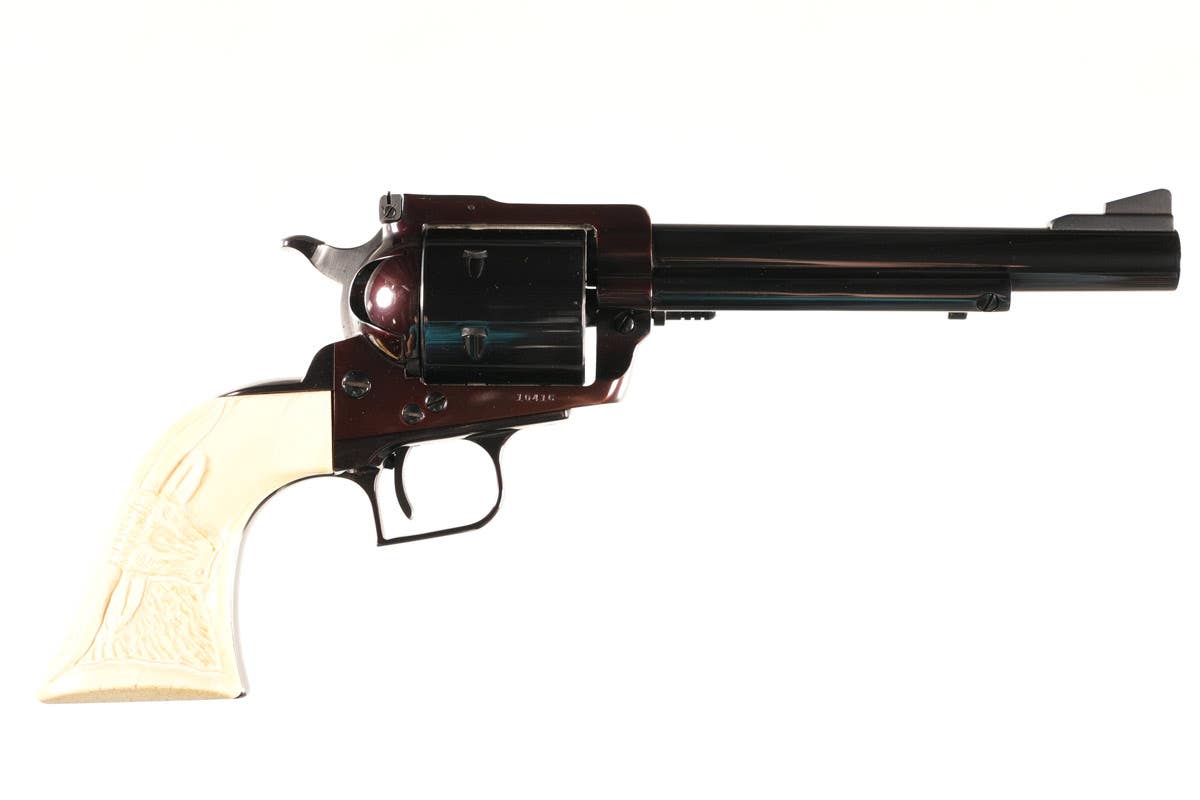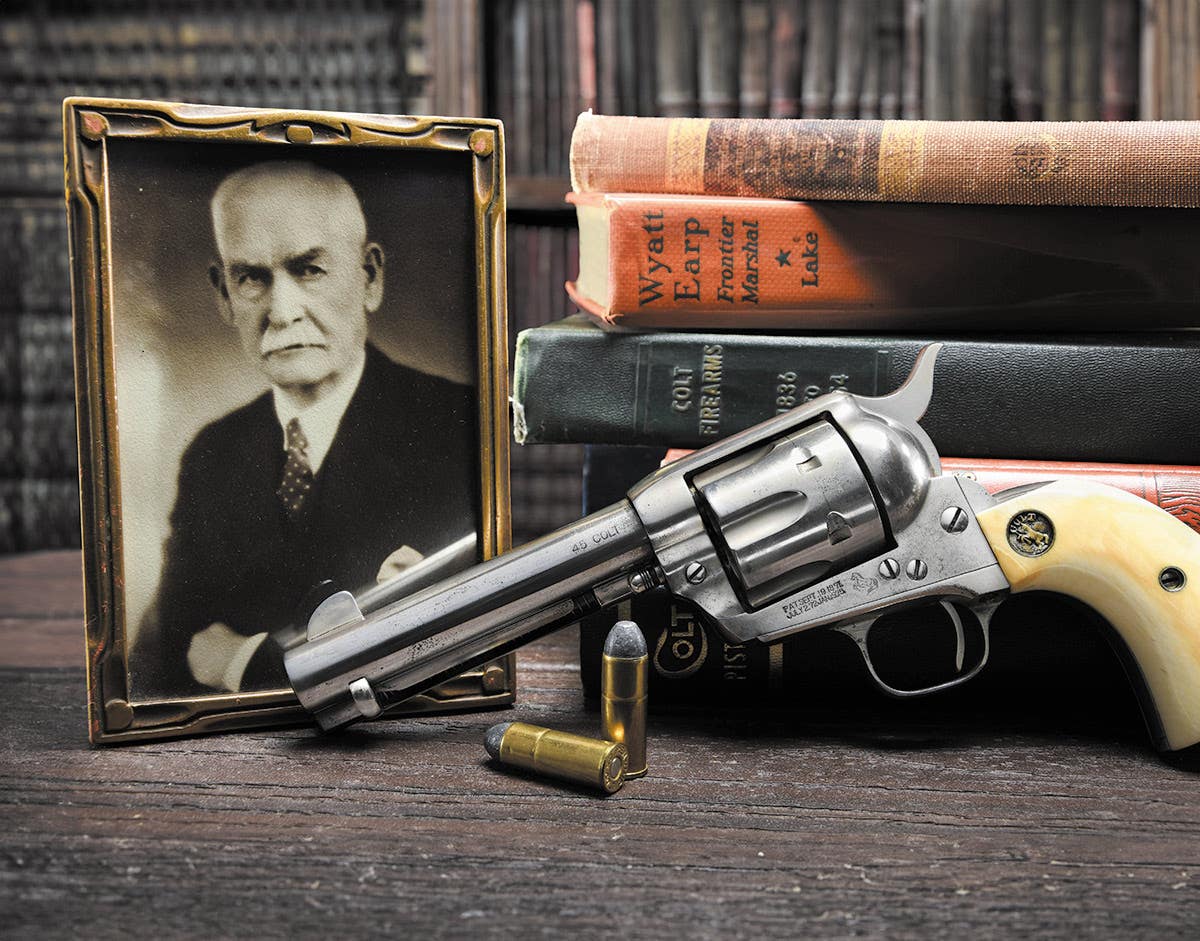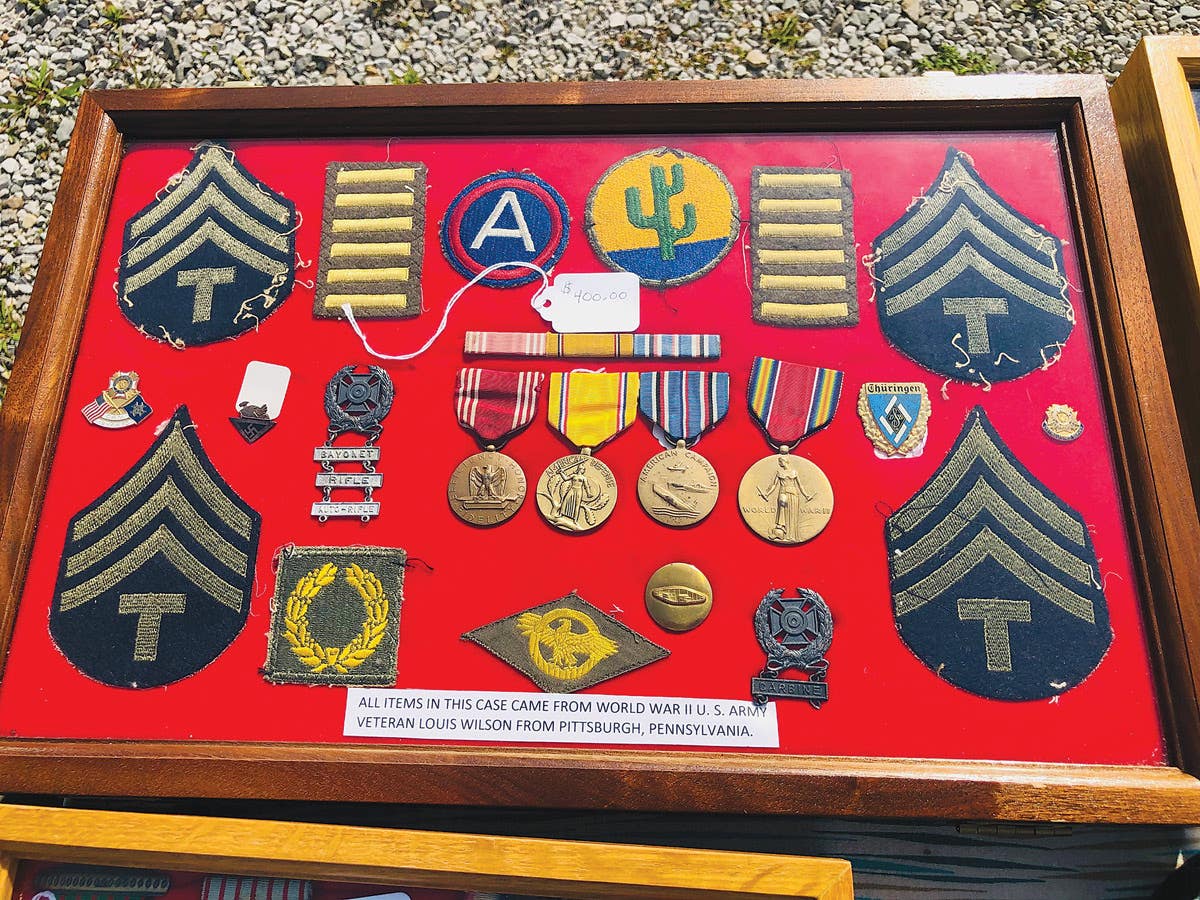KLV document represents WWII German evacuation
Children-to-the-Countryside By Bruce L. Kipp Germany’s “Children-to-the-Countryside” program (Kinderlandverschickung or “KLV”) began in the late 19th century. It provided healthy holidays for underprivileged urban children 10 to 14 years of…
Children-to-the-Countryside
By Bruce L. Kipp
Germany’s “Children-to-the-Countryside” program (Kinderlandverschickung or “KLV”) began in the late 19th century. It provided healthy holidays for underprivileged urban children 10 to 14 years of age by sending them to host families in rural areas for up to three weeks. From 1916, the Reich Central Office for Rural Residence for City Children (Reichszentrale Landaufenthalt für Stadtkinder) administered the program.
When the National Socialist regime came to power at the end of January 1933, the Reichszentrale was placed under the control of the National Socialist People’s Welfare (NSV) organization. By the end of the first full year of Nazi rule in 1934, some 650,000 children up to age 14 took part in the Kinderlandverschickung for rural holiday stays. The KLV program was voluntary and free of charge; all expenses were government paid.
In 1940, the allied bombing campaign over Germany was causing widespread destruction and casualties. To get children out of harm’s way the government decided that children were to be evacuated to safer areas in the countryside. Reich Youth Leader von Schirach was ordered to implement an “Expanded Child-to the-Countryside” (Erweiterter Kinderlandverschickung) evacuation program. The war-time expanded KLV program officially began in October 1940, and was conducted jointly by the NSV and the Hitler Youth (HJ) with assistance from the SS, the SA, the Police, and the German Red Cross.
The war-time KLV program was expanded to include children under the age of 10 who were either sent to their relatives living in safer areas of the Reich or to live with rural host families. Evacuated 10-to-14 year-olds were housed in KLV-administered camps.
These KLV-camps were run by the National Socialist Teachers’ league (NSLB) and were established wherever space was available—a hotels, youth hostels, monasteries, or in remote village schools. There were also “open” KLV-camps where students lived with rural families and were cared for by the local Hitler Youth group. Initially, the Extended KLV program applied only to Berlin and Hamburg. Later, other German cities also evacuated children out of harm’s way. At war’s end, there were about 9,000 KLV-camps.
IDENTIFYING THE CHILDREN
Each child being evacuated wore an identification tag (Kinderausweis) on a string or pinned to their clothing. The tag illustraed here was issued by Berlin Police Precinct 173 in the Schöneberg District on 24 March 1941. It is about 15cm x 10.5cm and is composed of coarse, brown, medium card stock with a vertical format.
According to handwritten entries at the top of the reverse, 7-month old Peter Bechmann was to be sent to the village of Engelschoff, just northeast of the town of Himmelpforten in the Stade District (Kreis Stade), Province of Lower Saxony (Land Neidersachsen, given here as “Neider-Elbe-Land”). This safe-haven is about 50 miles northwest of Hamburg in northern Germany. A child that young would have been accompanied by its mother under the NSV’s “Mother and Child” (Mutter-und-Kind-Verschickung) evacuation program.
Nazi propaganda presented the KLV as healthy holidays for city children and touted the recreational value, good nutrition, undisturbed night’s sleep, undisturbed schooling and a wealth of community education in the KLV-camps. Transportation and accommodations were free, easing the household budget of the parents. One side effect was that mothers who remained at home could now be released for war work. Another was that urban housing that was freed up through the evacuations could be commandeered by war plants as alternative quarters for skilled workers.
The total number of war-time evacuations is not known because the KLV records were destroyed near the end of the war. It is estimated that from 1940-45, the Extended KLV program evacuated about 3 million children and young people, including about one million evacuated to KLV-camps.








